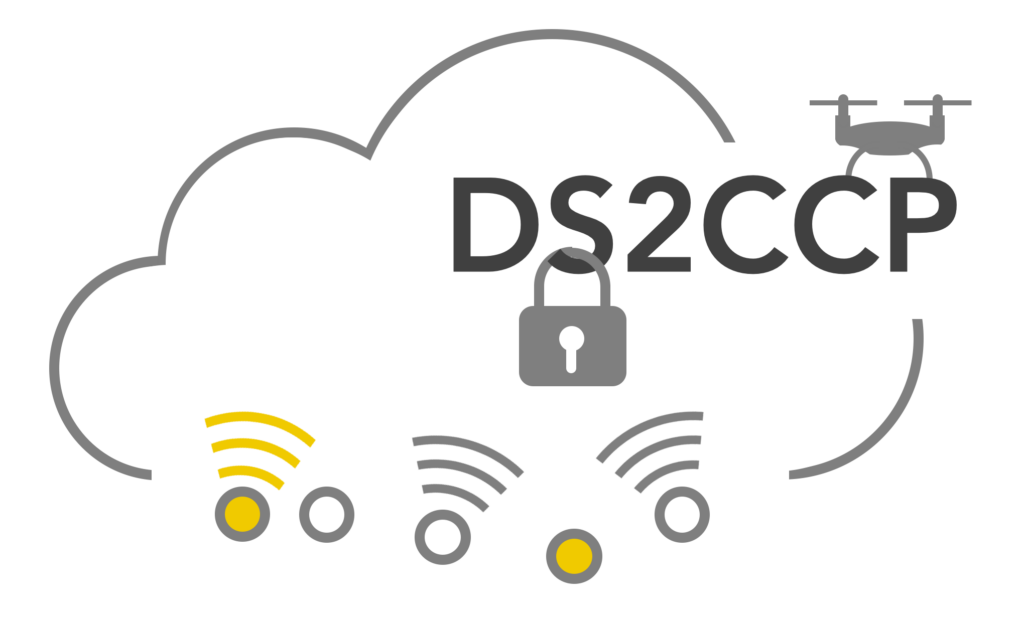Digital Sensor-2-Cloud Campus platform – wireless, fast and secure in the cloud with the right timing
Wireless networking of industrial production and business processes is an indispensable prerequisite for further efficient flexibilization of manufacturing processes and a crucial component for generating new digital services.
New solution approaches in terms of Industry 4.0 and the Industrial Internet of Things (IIoT) are also creating an increasing demand for suitable radio-based communication systems. One of the decisive criteria for their use is reliable compliance with safety (functional safety) and (cyber) security functionalities.
It is therefore also necessary to develop prediction methods for the reliability, availability, integrity and security of a radio system, taking into account the framework conditions (e.g. in the form of a risk assessment).
The high spatial density of sensors and actuators in the industrial manufacturing environment in conjunction with the requirements for latency times and reliability continue to pose a major challenge for flexible and robust networking.
At the same time, standards that use established technologies such as Bluetooth and have been specifically developed for industrial use, such as IO-Link Wireless (IOLW), are becoming increasingly important in the field of wireless automation. In addition, the current new fifth generation of mobile communications offers revolutionary new possibilities compared to previous mobile communications solutions.

Within the dtec.bw project Digital Sensor-2-Cloud Campus Platform, future-oriented and cross-technology communication solutions are being developed that allow secure and robust wireless networking of sensors and actuators from the industrial store floor via the appropriate edge connection to the cloud, taking into account the high safety, security and timing requirements. The aim of the project is a consistent and holistic design of an industrial Sensor-2-Cloud Campus platform for applications in the field of automation technology and in the application environment of Unmanned Aerial Systems (UAS) under strict application-specific specifications. The communication architecture is based on the RAMI 4.0 reference architecture model.
The direct network connection of the sensors and actuators on the store floor level is realized using the industry standard IOLW. A gateway to be developed will then exchange this data with configurable and determined latency times via Time-Sensitive Networking (TSN) embedded in the 5G standard with the cloud, whose information will in turn be distributed via OPC-UA using a publish and subscribe mechanism for specific applications.
The performance of the solutions to be developed will be demonstrated using innovative applications, such as the detection of small UAS in urban environments using electro-optical sensors, which are transmitted from the camera to the edge cloud via a high-performance mobile network. Signal processing can take place both on the camera controller and distributed in the Edge Cloud. Particular attention is paid to the realization of safety and security functionalities through the integration and combination of complementary communication technologies. The Digital Sensor-2-Cloud Campus platform will be available as an open testbed for use in HSU research activities as well as for interdisciplinary cooperation opportunities with research/industry partners for real verifications.
Further information can be found on the official dtec website: https://dtecbw.de/home/forschung/hsu/projekt-ds2ccp/projekt-ds2ccp
Letzte Änderung: 30. August 2024